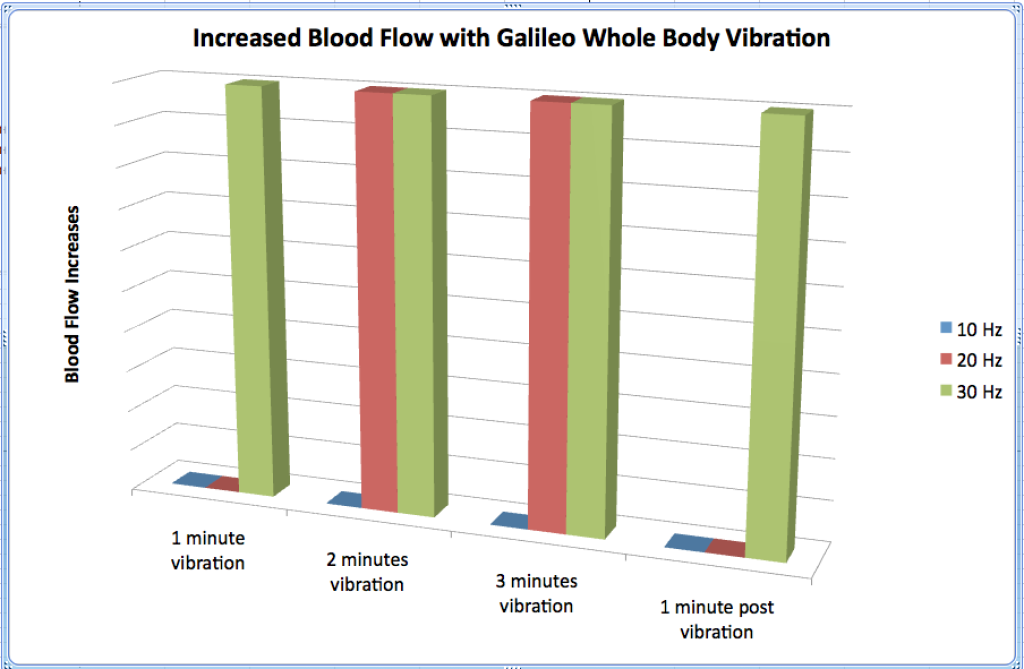Spinal Cord. 2011 Apr;49(4):554-9. Epub 2010 Nov 2.
Effects of whole-body vibration on blood flow and neuromuscular activity in spinal cord injury.
Herrero AJ, Menéndez H, Gil L, Martín J, Martín T, García-López D, Gil-Agudo A, Marín PJ.
Source: Research Center on Physical Disability, ASPAYM Castilla y León, Valladolid, Spain. jaherrero@oficinas.aspaymcyl.org

Abstract STUDY DESIGN: Crossover trial
OBJECTIVES: To investigate the effects of whole-body vibration (WBV) on muscular activity and blood flow velocity after different vibration treatments in patients with spinal cord injury (SCI). METHODS: Eight individuals with SCI received six 3-min WBV treatments depending on a combination of frequency (10, 20 or 30 Hz) and protocol (constant, that is, three consecutive minutes of WBV, or fragmented, that is, three sets of 1 min of WBV with 1 min of rest between the sets). Femoral artery blood flow velocity was registered at minutes 1, 2 and 3 of WBV, and at minutes 1 and 2 after the end of the stimulus. Electromyography activity (EMG) of vastus lateralis (VL) and vastus medialis (VM) was registered at baseline and during WBV.
RESULTS: Peak blood velocity (PBV) increased after 1, 2 and 3 min of WBV. The 10 Hz frequency did not alter blood flow, whereas the 20 Hz frequency increased PBV after 2 and 3 min of WBV, and the 30 Hz frequency increased PBV after 1, 2 and 3 min of WBV and during the first minute after the end of the stimulus. No protocol effect was observed for blood parameters. EMG activity of VL and VM increased independently of the applied frequency or protocol.
CONCLUSION: WBV is an effective method to increase leg blood flow and to activate muscle mass in SCI patients, and could be considered to be incorporated in their rehabilitation programs. PMID: 21042329
